Miso Soup: A Culinary Journey Through Japan
Welcome to a flavorful exploration with Yoshida Hotel, your companion in uncovering the timeless essence of Japanese gastronomy. In this guide, we’ll embark on a sensory adventure inspired by Miso soup—a quiet hero of Japanese culinary tradition and a symbol of hospitality at the renowned Miso soup hotel. Through these stories, facts, and cultural discoveries, Yoshida Hotel invites you to immerse yourself in the heart of Japan’s most authentic flavors, savoring not just food, but also the rich history and soul behind every bowl. Join us as we explore the origins, significance, and diverse expressions of Miso soup, a dish that perfectly embodies Japanese artistry and connection.
Miso Soup: The Heartbeat of Japanese Culinary Tradition
Few elements in Japanese cuisine are as foundational—or as comforting—as Miso soup. Present at daily meals and momentous celebrations alike, this nourishing broth demonstrates the Japanese philosophy of balancing taste, nutrition, and mindfulness. Miso soup is not just a side dish; it is a cultural touchstone, reflecting centuries of regional, spiritual, and culinary evolution.
Tracing the Ancient Roots of Miso Soup
The history of Miso soup can be traced back over a thousand years. Miso, the core ingredient, is a fermented paste made from soybeans, rice, or barley, and salt, providing an umami-rich foundation for countless Japanese dishes. Historically, Buddhist monks and samurai relied on Miso soup as a source of sustenance and spiritual balance. As the years passed, each region in Japan crafted its unique version, resulting in an array of flavors that represent local agriculture, climates, and tastes.
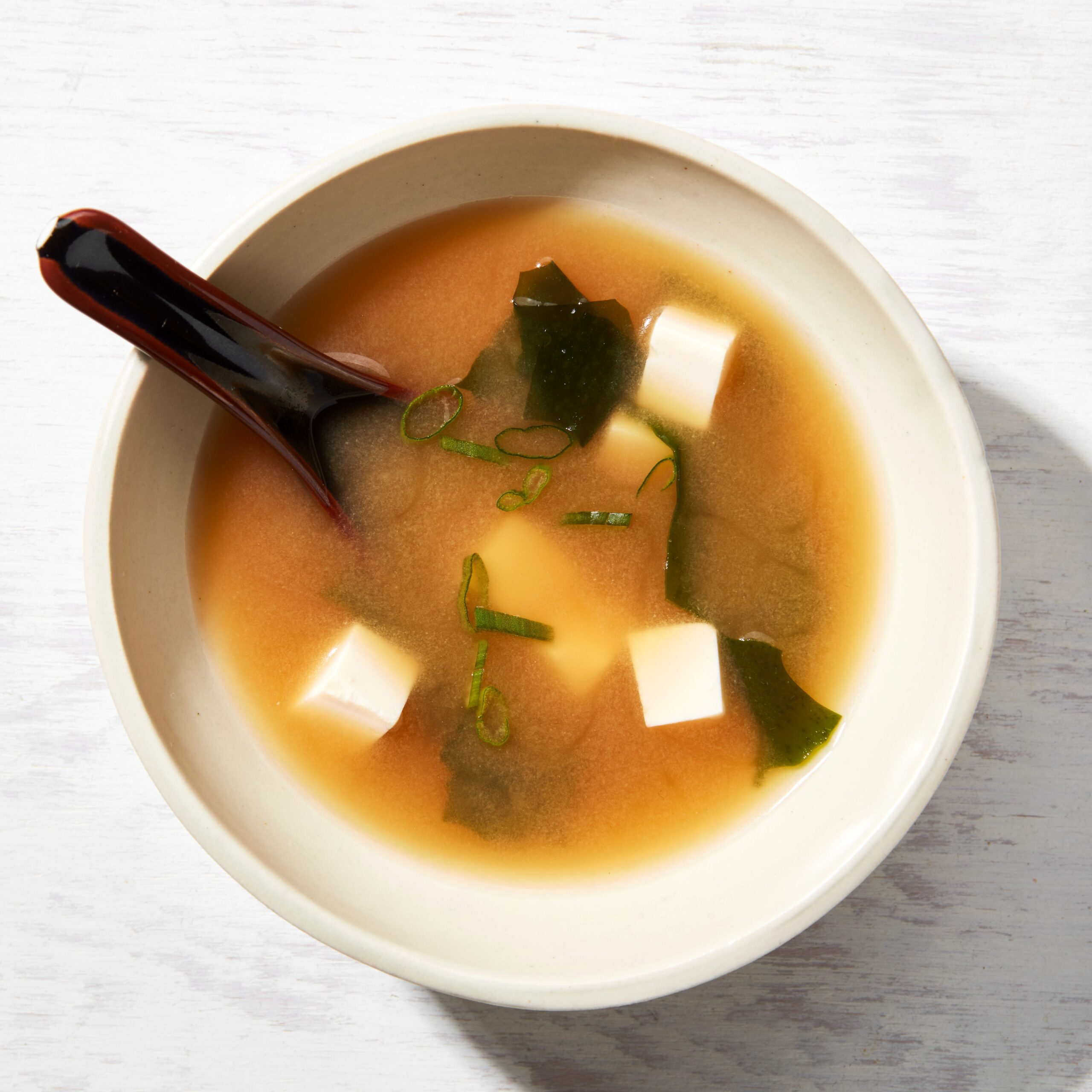
The Spiritual Resonance of Miso Soup
More than food, Miso soup is part of Japanese mindfulness, symbolizing gratitude and harmony with nature. It is served in traditional breakfasts, offered at temple meals, and lovingly prepared for family gatherings, embodying the magic of sharing and connecting with others.
Unlocking the Flavors: What Makes Miso Soup Unique?
Dive deep into a bowl of Miso soup, and you’ll find it’s more than just broth and ingredients. The distinctive taste derives from carefully fermented miso paste, which can range from sweet and mild to savory and robust, depending on its origin and aging process.
Main Varieties of Miso: White, Red, and Mixed
- Shiro Miso (White Miso): Light, sweet, and smooth. Originating from Kyoto, it’s ideal for delicate soups served at breakfast.
- Aka Miso (Red Miso): Strong and salty, aka miso is commonly enjoyed in the northern regions, adding depth to heartier stews and evening meals.
- Awase Miso (Mixed Miso): A blend of white and red miso, this versatile option is widely popular for its balanced flavor.
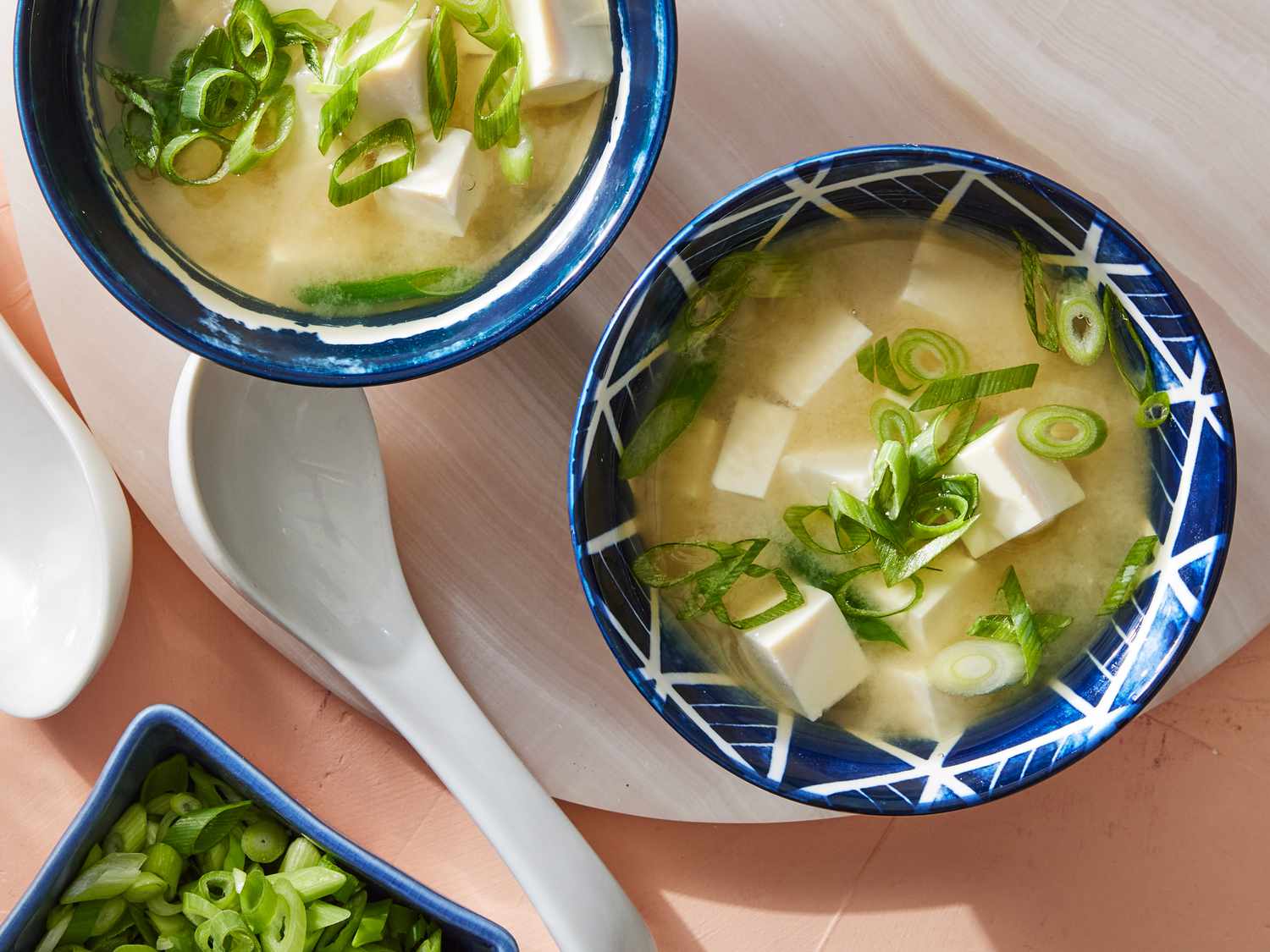
Each type of miso brings its own character, and the art of choosing the right miso for the right meal is cherished by home cooks and chefs alike.
Essential Components: From Dashi to Garnish
A traditional Miso soup starts with dashi—a savory broth made from dried bonito flakes (katsuobushi), seaweed (kombu), or mushrooms. The choice of dashi influences the fragrance and taste of each bowl. Tofu, seaweed, green onions, and seasonal vegetables are standard, but regional variations add ingredients like mushrooms, clams, or root vegetables, reflecting local produce and seasonality.
Miso Soup at the Heart of Daily Life in Japan
With Yoshida Hotel, explore how Miso soup is woven seamlessly into everyday Japanese life. You’ll find it in homes, at public breakfasts, bento boxes, and even at elegant dinners. For travelers, enjoying a bowl at the celebrated Miso soup hotel offers a taste of this everyday ritual, distinctly enhanced by regional ingredients and hospitality.
Breakfast Rituals: Starting the Day with Miso Soup
A traditional Japanese breakfast is incomplete without Miso soup. Nutrient-rich, it pairs effortlessly with rice, grilled fish, and pickles—fueling the day ahead while providing comfort and warmth.

Seasons and Celebrations: Miso Soup Across the Calendar
In winter, Miso soup transforms into a hearty hot pot with root vegetables to ward off the chill. During festivals or the New Year, celebratory ingredients like mochi or crab may be added, making each bowl unique to its occasion.
Sourcing and Craftsmanship: Behind the Scenes of Miso Production
To truly appreciate Miso soup, one must understand the traditional methods behind the central ingredient—miso paste. Artisanal miso producers, such as those found near the regions gracing the Miso soup hotel, still follow centuries-old practices.
The Art of Fermentation: Transforming Soybeans into Miso
Miso making requires patience, craftsmanship, and high-quality ingredients. Steamed soybeans mingle with koji (a type of cultured rice or grain) and salt, then ferment in cedar barrels for months or even years. The result is a living food, full of complexity and health benefits.
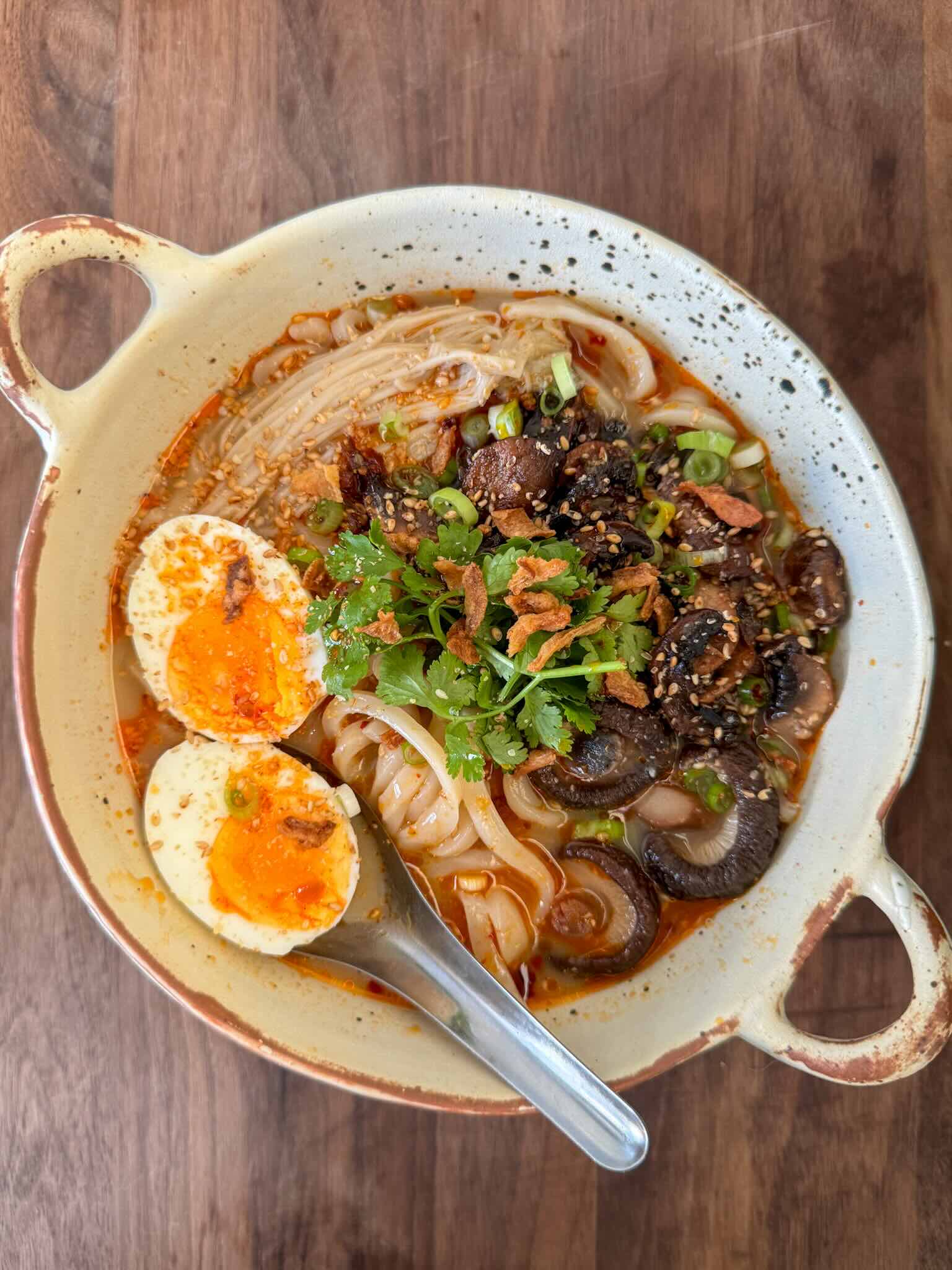
Visiting Miso Breweries: A Hidden Culinary Adventure
A tour of a miso brewery reveals rows of wooden vats and clouds of fragrant steam. Visitors can witness every stage, from mixing to aging, and enjoy tastings that demonstrate just how diverse miso can be. Many travelers at the Miso soup hotel opt for day trips to such breweries, deepening their appreciation for the humble soup served each morning.
Wellness in Every Spoonful: Nutrition and Health Benefits of Miso Soup
Among the secrets to Japanese longevity and well-being is the daily enjoyment of Miso soup. With a profile rich in protein, vitamins, minerals, and probiotics, this dish is as beneficial as it is delicious.
Probiotics and Gut Health
The fermentation that creates miso fosters a wealth of beneficial bacteria that contribute to gut health, digestion, and overall vitality. Regularly enjoying Miso soup supports a balanced microbiome and can help boost immunity.

Low Calorie, High Satisfaction
Miso soup is satisfying yet gentle on calories, making it a staple in balanced diets. The presence of tofu, seaweed, and vegetables adds fiber and variety, keeping each meal light but nourishing.
Dietary Adaptations: Vegan and Gluten-Free Options
Traditionally, certain types of dashi might contain fish; however, many contemporary and health-conscious versions are vegan, using kombu or shiitake mushrooms for depth. For those seeking gluten-free options, rice-based miso brings all the flavor without compromise.

Exploring Regional Expressions: Miso Soup Across Japan
From Hokkaido to Okinawa, the nuances of Miso soup reflect the landscapes, histories, and sensibilities of each locale. Yoshida Hotel recommends a culinary tour across Japan, using Miso soup as your guide.
Hokkaido: Hearty Seafood Miso Soup
In northern Hokkaido, frigid winters inspire a robust version of Miso soup, overflowing with crab, salmon, and potatoes. The flavors are bold, reflecting the region’s seafood bounty.

Kyoto: Elegant Simplicity in White Miso
Kyoto’s renowned hospitality is often expressed with a bowl of white miso soup, paired with Kyoto tofu and seasonal greens. The taste is refined, with an understated sweetness that lingers on the palate.
Okinawa: Fusion Flavors with a Tropical Touch
Down south, Okinawan Miso soup introduces local ingredients like goya (bitter melon) or sweet potato, highlighting the fusion of Japanese tradition with Ryukyu influences.
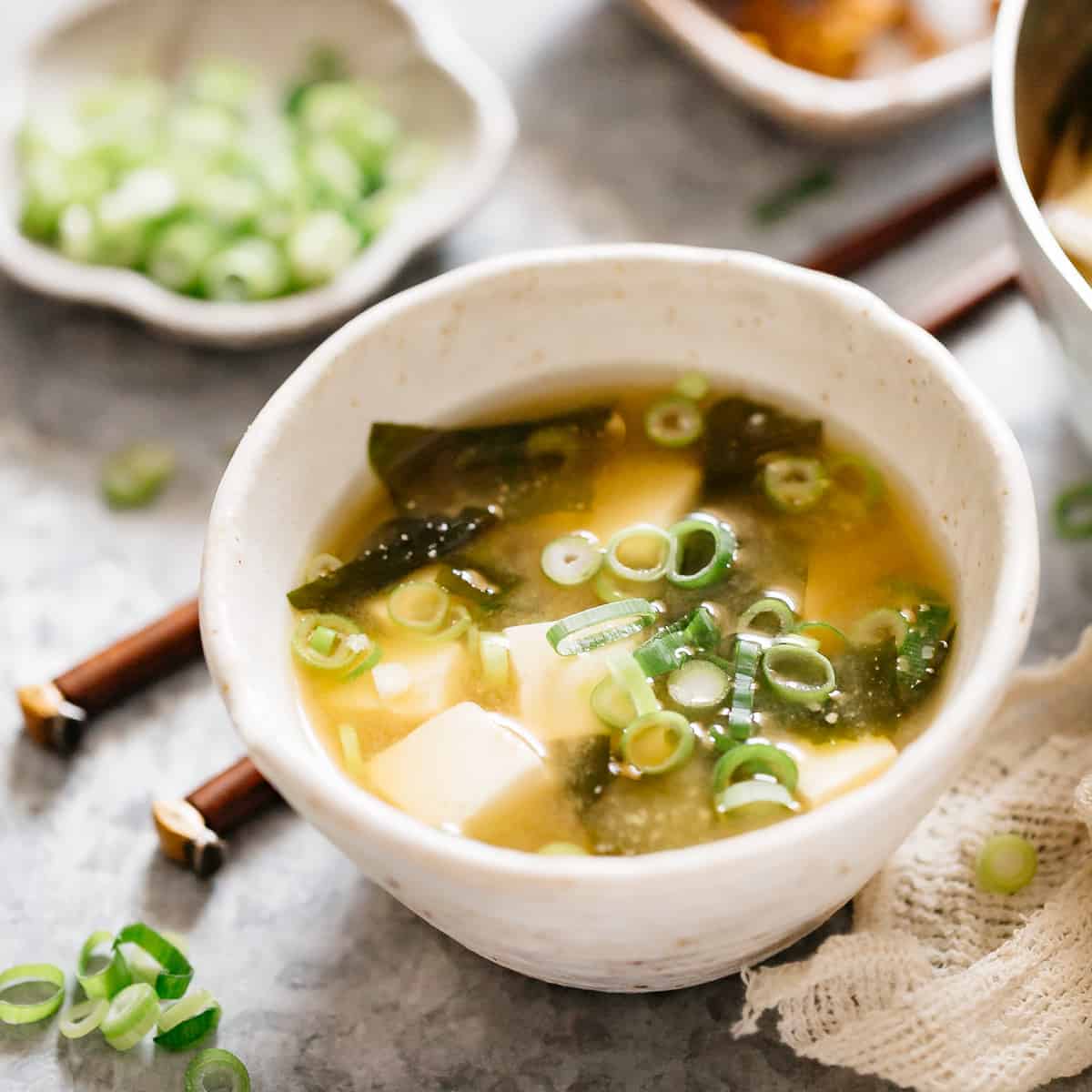
The Art of Serving Miso Soup: Ritual and Presentation
Dining in Japan is a ritual, and even the simple act of serving Miso soup carries meaning. At the Miso soup hotel, guests are greeted with beautifully lacquered bowls, emphasizing the aesthetics and warmth of Japanese hospitality.
Table Etiquette and Enjoyment
Traditionally, Miso soup bowls are lifted gently to the lips, and sipped rather than spooned, inviting diners to pause and appreciate the aroma and temperature. The mindful presentation, often accompanied by thoughtful garnishes, pays homage to both the food and the guest.

Design and Vessels: A Feast for the Eyes
Potters craft bowls specifically for Miso soup, with subtle designs that feel pleasingly warm to the touch. These details ensure that every serving, especially at top hotels like the Miso soup hotel, is an experience for all senses.
The Role of Miso Soup in Japanese Hospitality
With every bowl of Miso soup, Japanese hosts express care, respect, and an invitation to connect. This is central to the spirit found at the Miso soup hotel—a place where food, comfort, and community converge for travelers.

Stories from the Miso Soup Hotel Table
Guests from around the world gather in the hotel’s dining rooms, sharing stories and forming bonds over morning Miso soup. Whether it’s a solo wanderer or a family on holiday, these moments become cherished memories, symbolizing the deeper meaning of omotenashi—Japanese hospitality.
Miso Soup Beyond the Bowl: Influence on Japanese Culinary Culture
The impact of Miso soup extends far beyond breakfast or dinner tables. Its key ingredient, miso, forms the flavor base for marinades, dipping sauces, and fusion creations. From izakaya (Japanese pubs) to upscale ryokan, the presence of Miso soup reminds guests of the heart and soul infused into Japanese cuisine.
Miso in Modern Japanese Cuisine
Chef-driven innovations blend tradition with creativity, resulting in contemporary dishes like miso-glazed eggplant, miso ramen, and even miso-infused desserts. These culinary experiments pay tribute to the humble soup that started it all.

International Inspirations: Miso Soup Around the World
As Japanese restaurants and food culture globalize, Miso soup has found its place in kitchens from Paris to New York. Chefs worldwide adapt the basic recipe, introducing new ingredients but retaining the fundamental flavors that make it beloved.
Cooking Miso Soup at Home: Tips for Travelers and Food Lovers
For those inspired by their stay at the Miso soup hotel, preparing Miso soup at home is both a delicious souvenir and a connection to Japanese tradition.
Choosing the Right Ingredients
Look for artisanal miso at specialty stores, and try your hand at dashi with kombu and shiitake mushrooms. Fresh tofu, green onions, and seasonal greens will complete the experience.
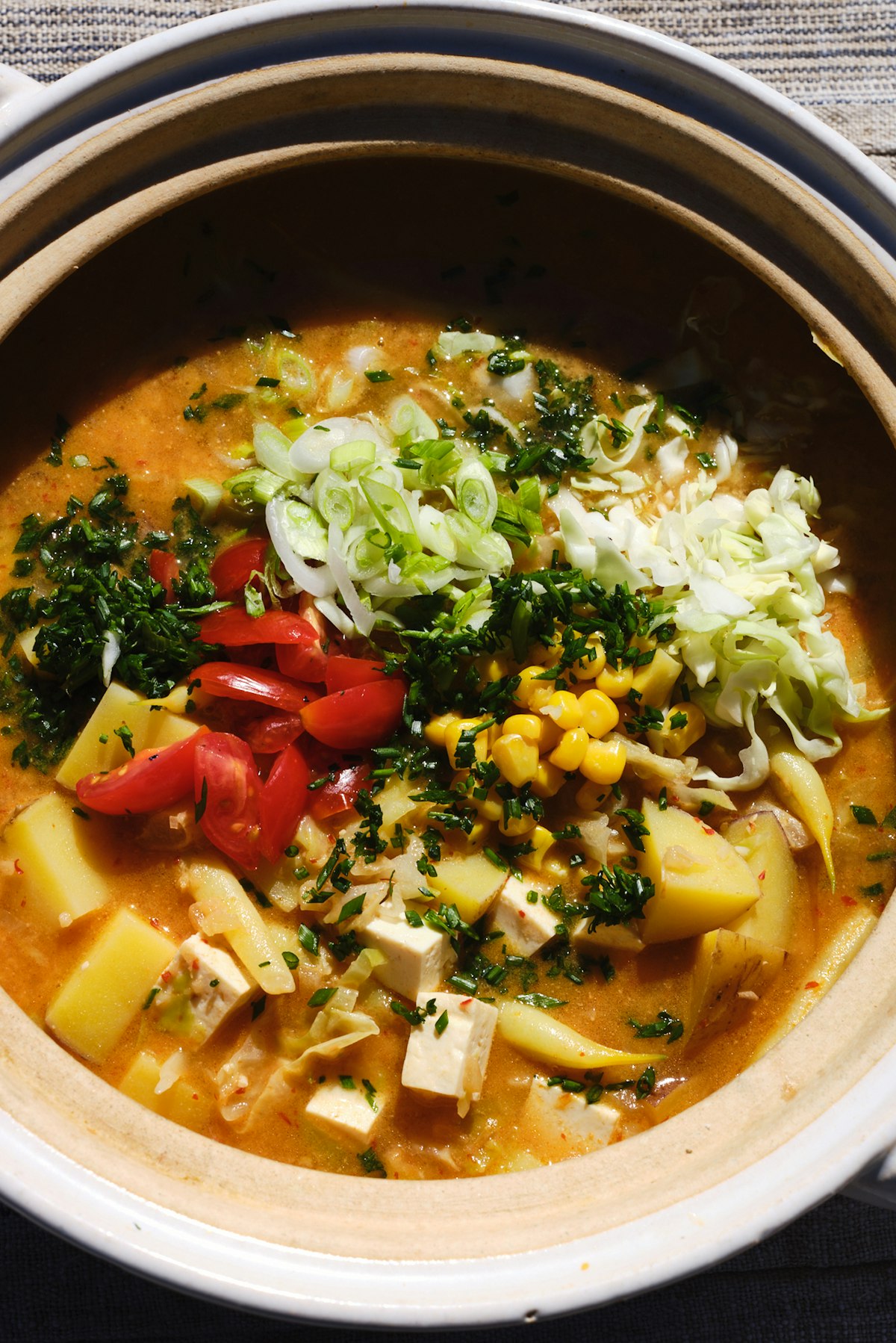
Step-by-Step Guide: Making Classic Miso Soup
- Start with dashi: simmer kombu and dried shiitake in water for a rich, umami base.
- Add sliced tofu and vegetables, and gently heat through.
- Dissolve miso paste in a separate cup with warm broth, then return to the pot, ensuring not to boil (to preserve the miso’s probiotic benefits).
- Finish with chopped green onions and nori, and serve immediately.
Adding a Personal Touch
Experiment by adding mushrooms, baby spinach, daikon radish, or even seafood, creating endless variations and flavors at home that echo your journeys in Japan.

Culinary Experiences at the Miso Soup Hotel
During your visit to the Miso soup hotel, culinary classes and tasting sessions offer deeper insight into making and enjoying Miso soup. Join a workshop and learn the art of balancing sweet, salty, and savory notes with guidance from Japanese chefs.
Interactive Tastings
Guests can sample different miso varieties, explore pairings with local fish or vegetables, and create personalized bowls to suit their palate.

Embracing the Spirit of Togetherness
Engaging in these shared experiences not only deepens one’s appreciation for Japanese food, but also for the rituals that bring people together and foster lasting memories.
The Legacy of Miso Soup in Japanese Culture
Miso soup’s lasting impact is best measured by its presence in literature, art, and daily life. It appears in poetry as a symbol of homecoming and contentment, and in films as a quiet comfort for characters striving through life’s challenges.
Passing Down Tradition
Family recipes for Miso soup are treasured heirlooms, handed down through generations. Each bowl tells a story—of mothers and fathers, of bustling markets and tranquil mornings—preserving a living connection to the past.

Miso Soup as a Symbol of Japanese Resilience
In challenging times, a simple meal of rice and Miso soup can bring comfort and hope. It endures as a testament to the resourcefulness and heart of the Japanese people, and to the enduring appeal of honest, nourishing food.
Beyond Breakfast: Pairings and Courses Featuring Miso Soup
At leading destinations like the Miso soup hotel, chefs pair this comforting broth with a variety of dishes, showcasing its versatility and importance in multi-course kaiseki dining or modern tasting menus.

Inventive Pairings to Try
- Miso soup with grilled fish and pickled vegetables for breakfast.
- As a palate cleanser between tempura and sashimi courses.
- Served with seasonal rice dishes and local craft sake for a full-bodied experience.
Exploring the Future of Miso Soup: Sustainability and Innovation
With sustainability at the fore of global discussion, Miso soup represents both tradition and innovation. Contemporary producers are finding ways to source non-GMO soybeans, adopt organic practices, and minimize waste.
Innovations in Miso Production
New varieties, such as chickpea or lentil miso, cater to evolving tastes and dietary needs. Environmentally-minded producers are reimagining packaging, energy use, and supply chains to secure a sustainable future for this cherished food.
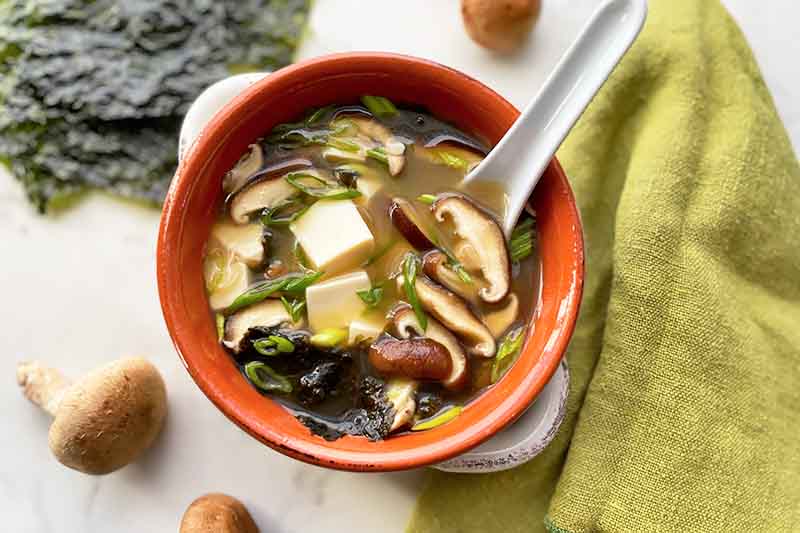
Miso Soup in a Modern World
As dietary preferences change, Miso soup continues to adapt, offering vegan, gluten-free, and allergen-friendly options that make Japanese hospitality inclusive for all.
Planning Your Culinary Adventure with Yoshida Hotel
Ready to savor every flavor Japan has to offer? With Yoshida Hotel as your guide, immerse yourself in the landscapes, aromas, and rituals that make Miso soup a true treasure of Japanese gastronomy. Each visit to the Miso soup hotel is an invitation to be part of a living tradition, to share in the country’s stories, and to create your own memory—one delicious bowl at a time.

Conclusion
From your first taste at check-in to the final meal of your journey, Miso soup is an emblem of Japanese comfort, resilience, and warmth. At Yoshida Hotel and the iconic Miso soup hotel, this dish is more than just food—it is an invitation to connect, explore, and savor the spirit of Japan. We hope this exploration inspires you to discover, taste, and cherish the world of Miso soup, wherever your travels take you.
Details
Namistay chain hotel
- 61-63 Hoang Ke Viem, Bac My Phu, Ngu Hanh Son, Da Nang, Vietnam
- Hotline: 0905 432 992
- Lot 45 An Thuong 29, Bac My Phu, Ngu Hanh Son, Da Nang, Vietnam
- Hotline: 0977 455 546
- 42 An Thuong 26 Street, Bac My Phu, Ngu Hanh Son, Da Nang, Vietnam
- Hotline: 0965 442 842

